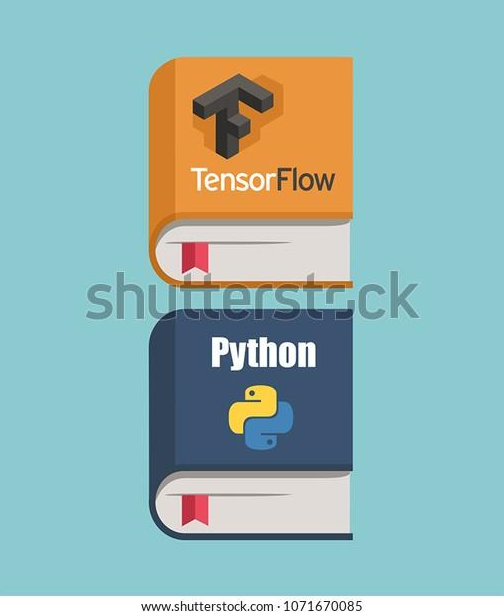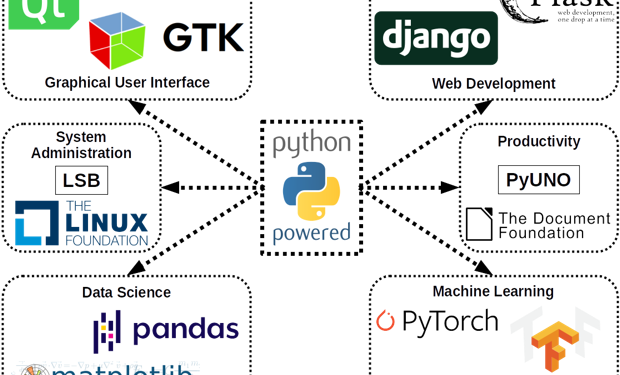Introduction
Ever since the digital transformation began, businesses have been searching for new ways to improve their data processing methodologies. A report published by Facts and Factors highlights that the market for predictive business analytics would rise to $22.1 billion by 2026, registering a compounded annual growth rate of a whopping 24.5% (2020 to 2026). It makes complete competitive sense to augment your own business operations with high-performance tools that can cope with the trends of the time. One of these tools is leveraging the capabilities of Python.
But why Python?
According to the TIOBE index, Python overtook Java and JavaScript as the most popular programming languages in 2021. In parallel, the enterprise data volumes between 2020 and 2022 are predicted to rise drastically. Enterprises, thus, need better ways to derive insights from their data, and here is where Python can make a marked difference.
Let’s take a look at why your business should hire a Python developer.
Why Should Your Company Use Python?
Python, aside from being one of the easiest programming languages to learn, has many more benefits to deliver for business analytics. This programming language enjoys huge community support, making it possible to get access to a lot of resources for building useful business intelligence tools. Let’s break them down.

For Business Intelligence and Dashboards
Each business generates and collects large volumes of data on a daily basis, with the sole purpose of understanding it to strategize business growth and improve products and services. With that said, the collected data needs to be organized and compiled first before it can be logically used for any kind of analysis. Equipped with the right set of data that is easily consumable, it can make a world of difference in the insights that can be derived from well-compiled data as compared to unstructured data.
Python can provide businesses with tools that help them manipulate this data into organized sets. Using libraries (like panda) and tools (like Matplotlib), Python can help data analysts streamline workflows and create visual aids for the compiled data for a better understanding and consumption.
For Machine Learning Models
Machine learning is an advanced implementation of artificial intelligence technology that businesses are increasingly utilizing for predictive analysis. The business systems consume collected data and plot it to timelines, generating historical trends, present behavior, and predicted forecasts of business activities using machine learning models. These machine learning models are created by using Python at the core.

Python is a well-known programming language used for developing accurate machine learning algorithms, Bayesian networks, decision trees, and more. You can access several Python machine learning algorithms on Google’s TensorFlow library.
For Decision Science
Decision science is a part of business intelligence and is considered the final phase of this branch. It involves the derivation of inferences from the categorized, assimilated enterprise data with a view to prescribe recommendations of actions that the decision-makers can take.
In simpler words, Python programming can be used to create models that help businesses “See” what actions they can take to achieve an outcome, and what impacts this outcome will have further down the timeline. These recommendations are informed by the digested data that has already been processed in the Python-based machine learning models.
For Advanced Modeling
Every business must work with hard numbers and insights that help the decision-makers strategize the next steps. Before advanced programming languages or technology existed, advanced modeling for market segmentation, price modeling, product classifications, etc., were done on Excel sheets.
Today, however, there is neither time nor manpower to manage Excel sheets for these insights. Python can be effectively leveraged for advanced business modeling of numerous parameters that help strategists pick timelines and variables to understand the impacts of their decisions/strategies on the entire business ecosystem.
For Automation
Automation is a big buzzword today, and not in a hollow way. Business process automation is helping organizations around the world work with heightened efficiencies and optimized manpower. It is helping drive the bottom line while streamlining the imperfections in the workflow.

Python, as a programming language with capabilities of coding-in artificial intelligence, machine learning, and more advanced technology, can be used effectively for business process automation.
Replacing manpower with automated workflows wherever possible is a big step towards improved revenues, efficiencies, and optimum utilization of human resources.
Conclusion
Python may not be the most popular web development language (that is PHP), but it certainly is a powerful programming language that can create high-utility tools for businesses. Whether to create market intelligence tools or to improve and automation of internal workflows, Python has the capability to derive value out of any process.














































